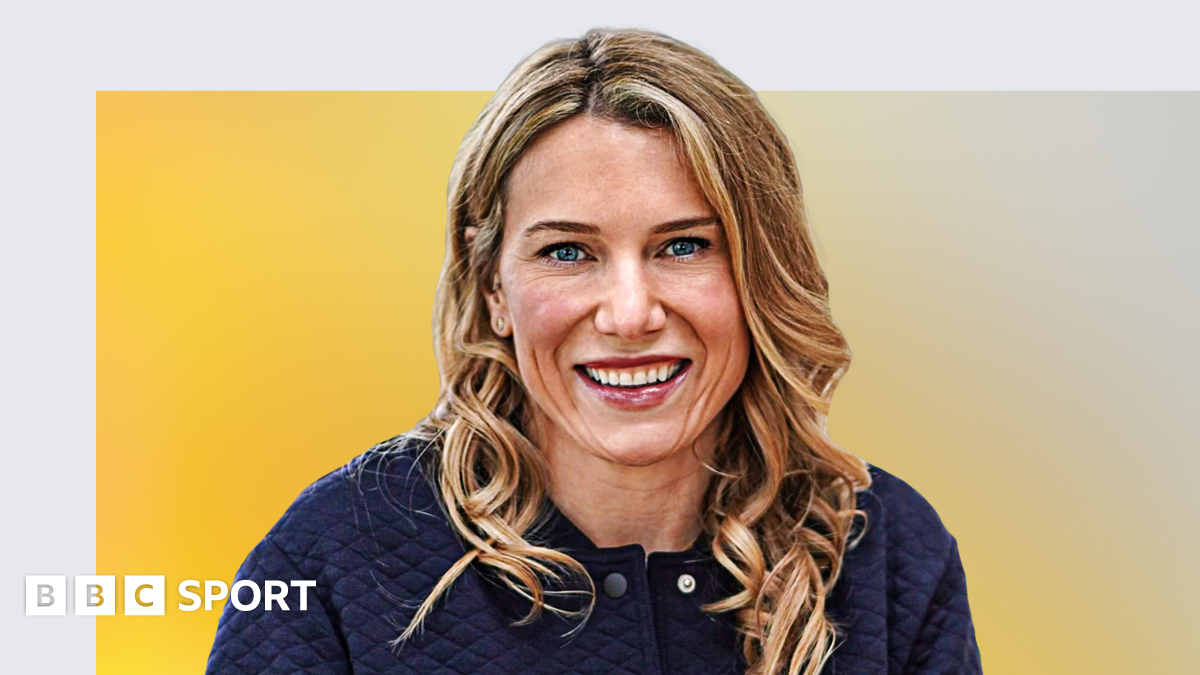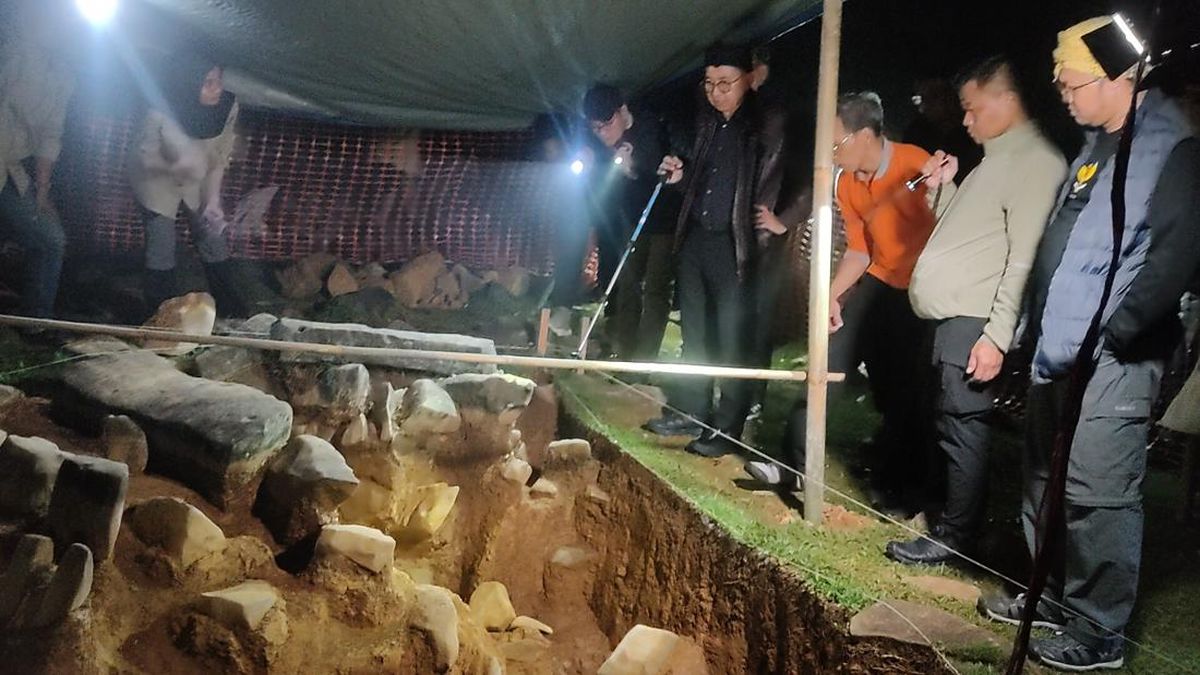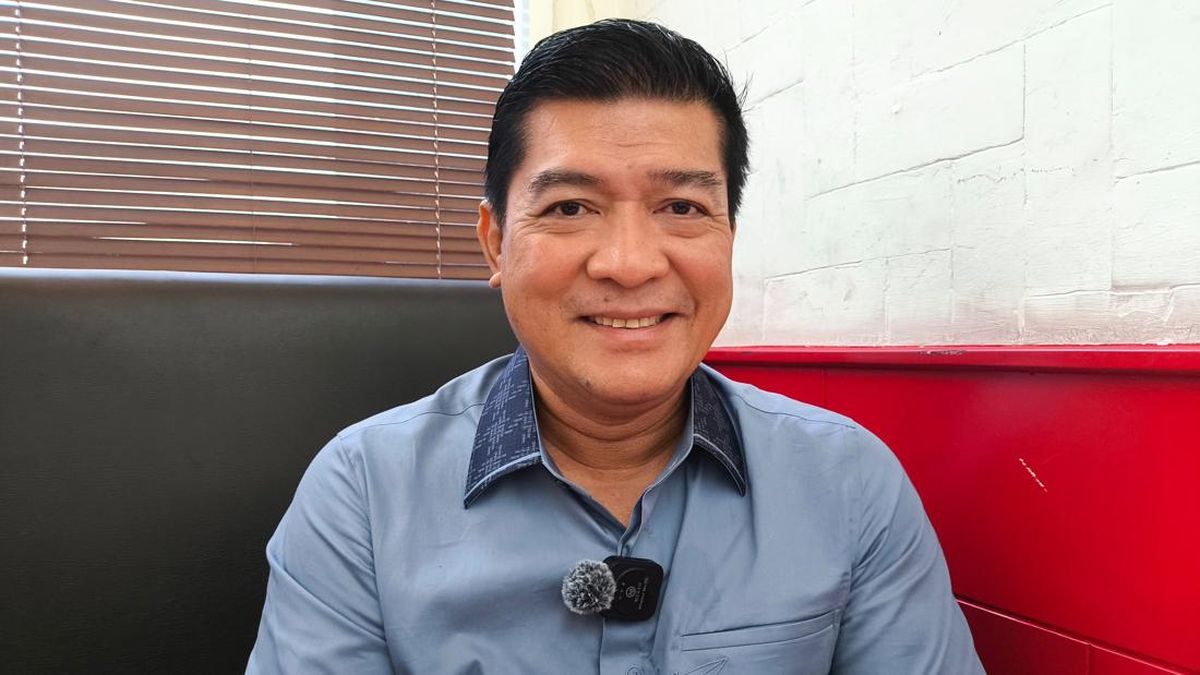Golfers are happy to give up this course for housing, but red tape has stalled the project for a decade
A plan to build hundreds of homes on a golf course in eastern Melbourne has been caught in red tape for almost a decade despite having the support of members.
Waverley Golf Club in Rowville merged with the nearby Churchill Park Golf Club in 2016, intending to move to the latter’s Endeavour Hills course and sell its 18-hole facility on Bergins Road to developers in the established suburb.

Tania Walsh, Mark Blundell (centre) and Matthew Taylor of the Churchill-Waverley Golf and Bowls Club at their Rowville golf course on Monday. Credit: Luis Enrique Ascui
But almost 10 years later, and despite being flanked by a retirement village on one side and homes across the street, the project remains in limbo as it sits within the edge of the Urban Growth Boundary, which state parliament last extended under the Baillieu government in 2012.
The boundary juts inward and stops developments in a green wedge south of Rowville, despite also allowing housing sprawl in fields far further from the city, around suburbs like Pakenham.
Mark Blundell, president of the merged Churchill-Waverley Golf and Bowls Club, said the inability to develop land across the road from decades-old homes was frustrating, particularly as the government has called for increased supply to improve housing affordability.
“We’ve got a developer, we’ve got a club willing to sell land, but nothing’s been done about it,” Blundell said.
Members were on board with the sale, he said, as the club was losing hundreds of thousands of dollars annually and could only sustain one course, at Churchill Park.
Property developer Intrapac has helped the club stay afloat as it pushes to redevelop the site, but Blundell warned: “Eventually, we’ll run out of money.”
The state government has been reluctant to extend the urban growth boundary as it aims to limit sprawl which has created housing on Melbourne’s fringe with poor infrastructure and services that cost millions of dollars to upgrade.
The Age revealed on Monday that the government’s effort to have 70 per cent of new housing built in established areas was faltering as the proportion of new housing approved on the city’s fringe was now higher than the five-year average.
But Intrapac chief executive Max Shifman argued new homes in Rowville would not contribute to unsustainable urban sprawl as the suburb was already well established and vastly different to greenfield sites on the city’s edge.
“Most people assume the urban growth boundary is around the very outskirts of Melbourne. That’s actually not the case,” he said.
“In the case of Waverley [golf course] in Rowville, you’re less than 25 kilometres from the city. You’ve got all the infrastructure, you’ve got all the amenities, you’ve got an existing population. That is a very different prospect to rezoning land that’s much further out.”
Shifman believed the golf course redevelopment could create about 500 to 700 new homes, depending on the final design.

A view of the Waverley Golf Course in Rowville and the housing around it.Credit: Nearmap
But he doubted the urban boundary would move soon as he believed “the state is entirely wedded to the magic line on the map.
“If they were serious about unlocking more affordable housing supply for people, this would be exactly the sort of thing that they’d be looking at,” he said. “But instead, they’re too focused on unlocking activity centres in areas where the housing will be far too expensive for young people to buy.”
A state government spokesperson said the golf club site was within a green wedge protected under the Plan for Victoria strategy released this year.
“We need to ensure homes are being built up and out, not just out,” the spokesperson said. “That’s why we’re focused on delivering more homes in areas with great access to trains, trams, jobs and services.
Loading
“As part of our Plan for Victoria, we consulted with every council and thousands of Victorians to understand where more homes should go, while also protecting what makes these places great places to live.”
The spokesperson said no formal request relating to the golf course site in Rowville was before the planning minister.
Any change to the urban growth boundary needs to pass both houses of parliament. And even if it were amended, Knox City Council would still have to rezone the area for housing. The council identified the site as suitable for residential development in its 2015 housing strategy. And the municipality now has a state-imposed target of 43,000 homes to build by 2051.
A council spokeswoman said it had reserved support for any rezoning and redevelopment of the site at a meeting in June last year until a decision on the urban growth boundary was made.
“Council recognises that it is the state government’s role to determine if any change to the Urban Growth Boundary is appropriate,” the spokeswoman said.
Start the day with a summary of the day’s most important and interesting stories, analysis and insights. Sign up for our Morning Edition newsletter.
Most Viewed in National
Loading

















































